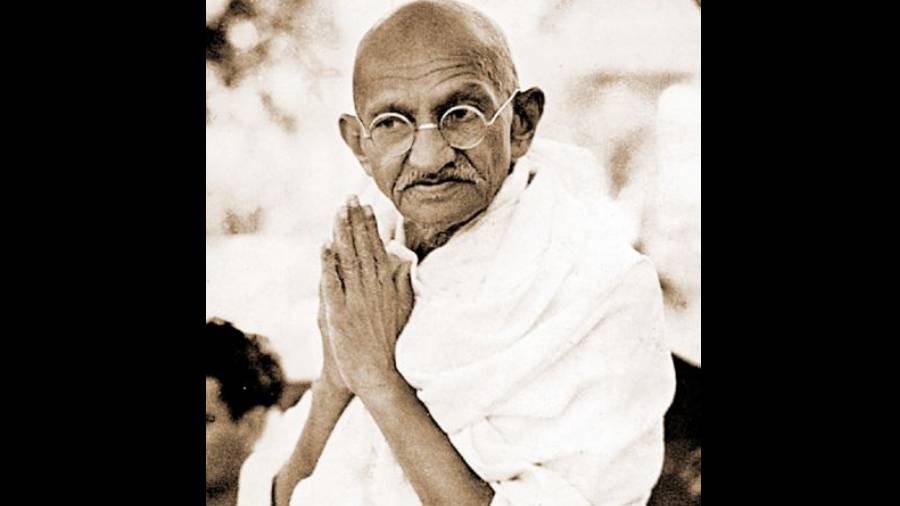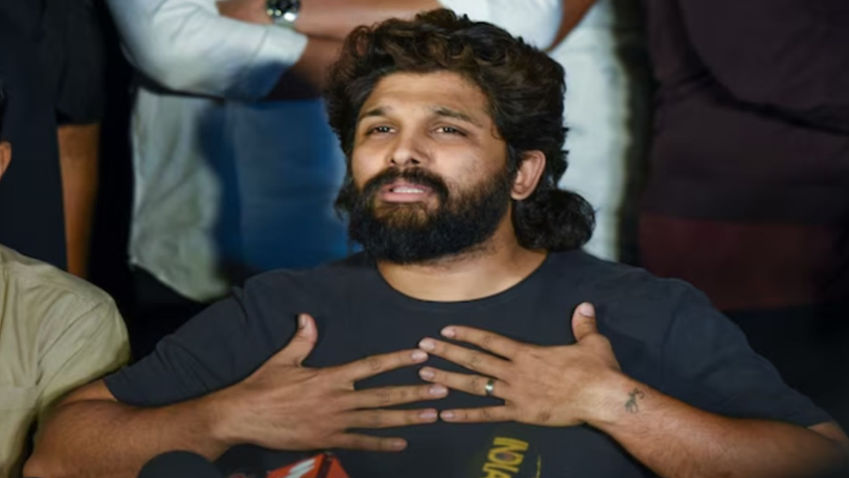A nation’s currency tells an unspoken story of its history, culture, and heritage through the symbols and images it bears. Many countries honor their founding leaders on their banknotes—like George Washington in the US, Mohammad Ali Jinnah in Pakistan, and Mao Zedong in China. In India, Mahatma Gandhi is the face seen on all currency notes. However, his journey to appear on Indian banknotes wasn’t immediate and involved significant deliberation.
Gandhi’s Image Was Initially Rejected for Currency
Although Gandhi, as the “Father of the Nation,” might seem like the obvious choice for India’s newly independent currency, he wasn’t the first candidate considered. The Reserve Bank of India (RBI) explains the process behind this decision. As noted on their website, “The transition of currency management from colonial to independent India was a reasonably smooth affair.” After India gained independence on August 15, 1947, and became a republic on January 26, 1950, the RBI continued to issue pre-existing notes until new designs were introduced. In 1949, the Indian government issued a new Re. 1 note and began considering national symbols for future currency.
Initially, it was suggested that the portrait of the British king be replaced by that of Mahatma Gandhi. However, the final decision favored the Lion Capital at Sarnath, symbolizing India’s ancient heritage, instead of Gandhi’s portrait. The new banknotes followed the design patterns of the pre-independence era.
Currency Designs Reflecting India’s Development
For several years after independence, Indian banknotes showcased the nation’s cultural heritage and progress. The notes of the 1950s and 60s depicted majestic animals such as tigers and deer, and symbols of modern advancement like the Hirakud Dam, Aryabhatta satellite, and the Brihadeeswara Temple. These designs symbolized India’s blend of cultural history and its aspirations for development.
It wasn’t until 1969, during the 100th anniversary of Gandhi’s birth, that his image first appeared on an Indian note. This design featured Gandhi seated with Sevagram Ashram in the background. In 1987, Gandhi’s portrait was featured on the reintroduced Rs. 500 note during the Rajiv Gandhi government, following a nine-year hiatus after the demonetization of high-denomination notes by the Janata Party. By 1996, the Mahatma Gandhi Series of notes was launched, making Gandhi the permanent face on all Indian currency denominations. These notes also incorporated enhanced security features, such as watermarks and security threads.
Proposals to Feature Other Leaders on Indian Currency
In recent years, various groups have called for replacing Gandhi’s image with other prominent Indian figures on banknotes. Some have proposed leaders like Jawaharlal Nehru, Subhas Chandra Bose, and Sardar Patel, while others have suggested religious deities like Goddess Lakshmi and Lord Ganesha.
In 2016, when asked if the government planned to replace Gandhi’s photo on currency notes, Minister of State for Finance, Arjun Ram Meghwal, clarified, “A committee was formed during the UPA which has already decided that there is no need to change Mahatma Gandhi’s photo on the currency notes.” Then Finance Minister Arun Jaitley also stated that any changes to currency designs are decided by the government in consultation with the RBI.
There was even a question about featuring Dr. B.R. Ambedkar on a coin or note to commemorate his 125th birth anniversary. Meghwal responded that the government had already issued a non-circulation commemorative coin of Rs. 125 and a Rs. 10 circulation coin to mark the occasion, released by the Prime Minister on December 6, 2015.
Recent Controversies and Proposals
In 2022, the Aam Aadmi Party (AAP) stirred controversy by suggesting that images of Goddess Lakshmi and Lord Ganesha be included on Indian currency to bring prosperity to the nation. This proposal sparked significant debate, with opposition leaders and the ruling Bharatiya Janata Party (BJP) condemning the idea.
Two years earlier, Mahatma Gandhi’s great-grandson, Tushar Gandhi, expressed disappointment when Bapu’s image was not included on the digital rupee design. In a tweet, he criticized the RBI and the government for overlooking Gandhi in the design of the digital currency.
‘Gandhi is Inescapable’
American civil rights leader Martin Luther King Jr. once famously said, “Gandhi was inevitable. If humanity is to progress, Gandhi is inescapable. We may ignore him at our own risk.” This statement resonates with the continued relevance of Gandhi’s image and ideals in India today. From being featured on currency—the very object people seek the most—to symbolizing peace, non-violence, and social justice, Gandhi’s influence remains deeply embedded in the nation’s identity.







